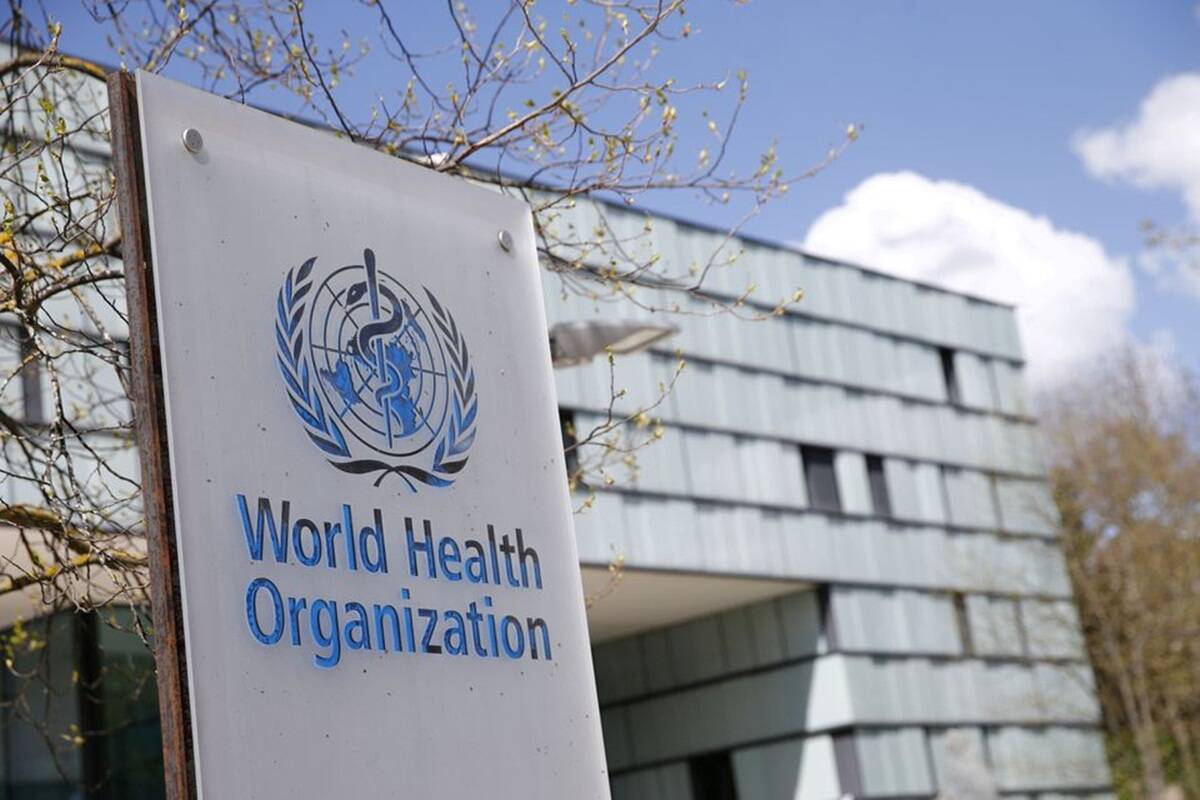The COVID-19 numbers in the South-East Asia region peaked in early May and have since largely plateaued over the past month mainly due to cases in India remaining stable and consistent decreases in Indonesia and Myanmar over the past month, the WHO has said.
The COVID-19 Weekly Epidemiological Update, released by the World Health Organization on August 10, said that the South-East Asia Region reported over 799,000 new cases, a five per cent decrease as compared to the previous week, however, several countries in the Region continue to report increasing trends, including Sri Lanka and Thailand (26 per cent and 20 per cent increases, respectively).
“Case incidences in the region peaked in early May and have since largely plateaued over the past month. This is largely due to cases in India remaining stable, and consistent decreases in Indonesia and Myanmar over the past month,” the update said.
It added that following a steep increase in the mortality rate in the region, this is the first time in seven weeks that a decline in the number of new weekly deaths has been reported; a trend largely driven by declines in the Maldives and Myanmar this week.
Large increases in weekly deaths were reported in several countries including Sri Lanka (47 per cent increase), Nepal (35 per cent) and Thailand (30 per cent).
The highest number of new cases were reported from India (278,631 new cases; 20.2 new cases per 100,000; 2 per cent decrease), Indonesia (225,635 new cases; 82.5 new cases per 100,000; 18 per cent decrease), and Thailand (141,191 new cases; 202.3 new cases per 100 000; 20 per cent increase).
In the region, the highest numbers of new deaths were reported from Indonesia (11,373 new deaths; 4.2 new deaths per 100,000; 9 per cent decrease), India (3511 new deaths; 0.3 new deaths per 100,000; 8 per cent decrease), and Myanmar (2045 new deaths; 3.8 new deaths per 100,000; 22 per cent decrease).
Globally, cases of the Alpha variant have been reported in 185 countries, territories or areas, while 142 countries reported cases of the Delta variant, 136 countries reported cases of the Beta variant and 81 countries reported cases of the Gamma variant.
The update said that on August 5, the cumulative number of COVID-19 cases globally surpassed 200 million, just six months after reaching 100 million cases. This week alone, over 4.2 million new cases and over 65,000 new deaths were reported, a slight increase as compared to the previous week.
A study from India found that two doses of the AstraZeneca-Vaxzevria vaccine were 63.1 per cent and 81.5 per cent effective at preventing infection and moderate-severe disease, respectively.
It said while this study was conducted during a time of high transmission of the Delta variant, it is noteworthy that viral sequencing and lineage determination were available from only a small subset of positive cases (4.4%); of these samples, 90% were the Delta variant.
A report on the first local transmission of the Delta SARS-CoV-2 variant in China described viral infection and transmission dynamics of 167 cases that were traced back to the index case.
(With PTI inputs)












